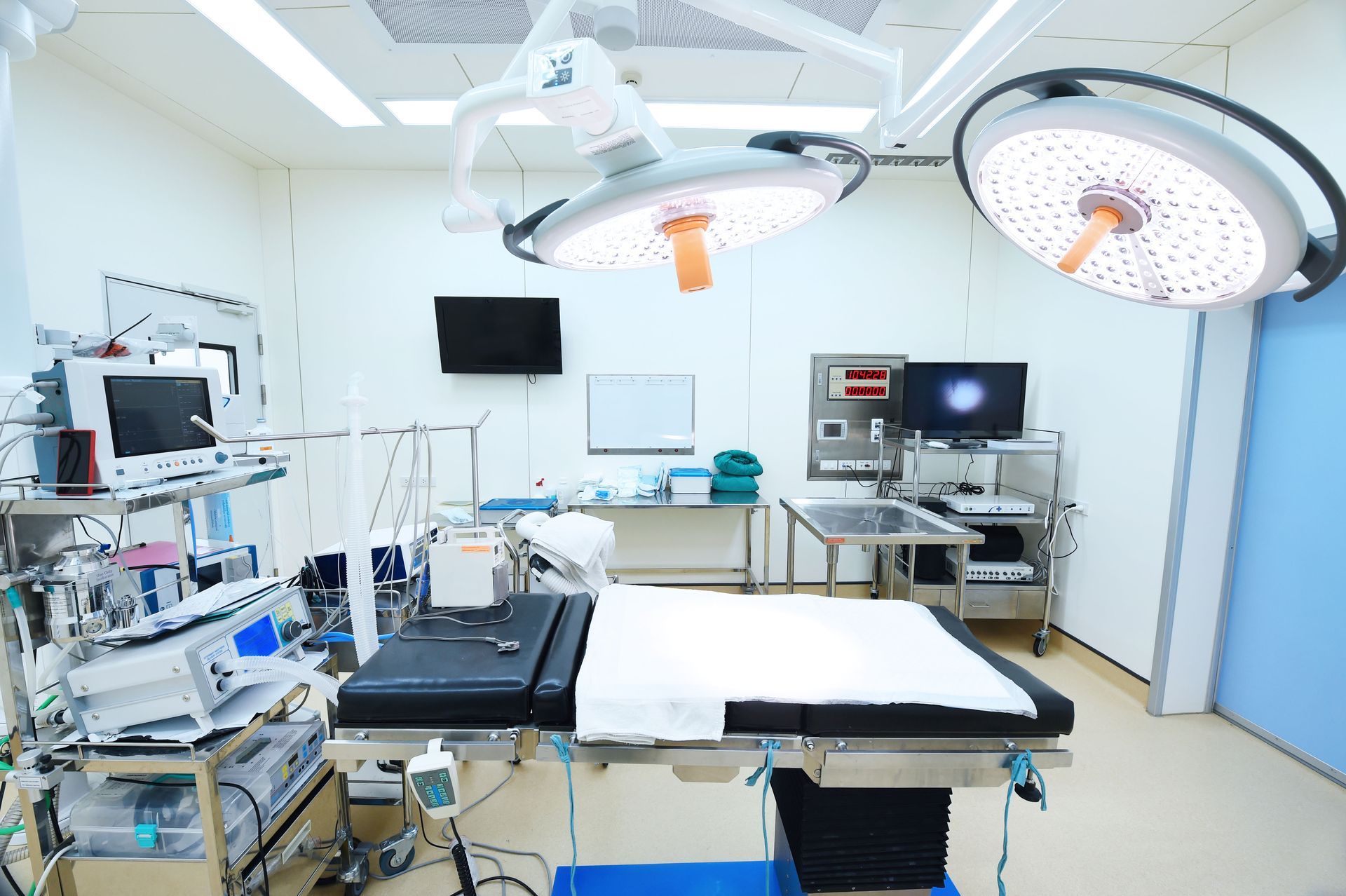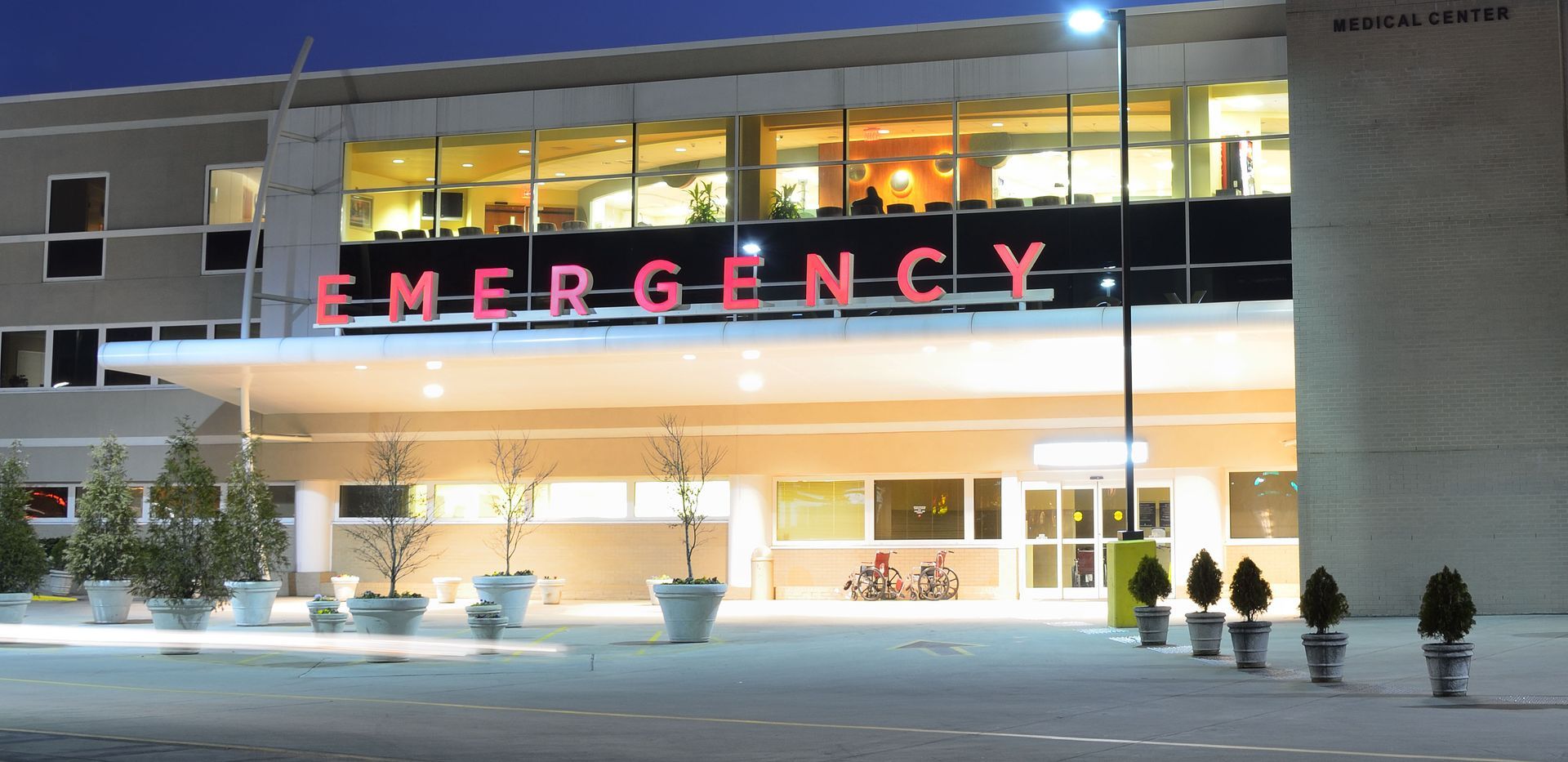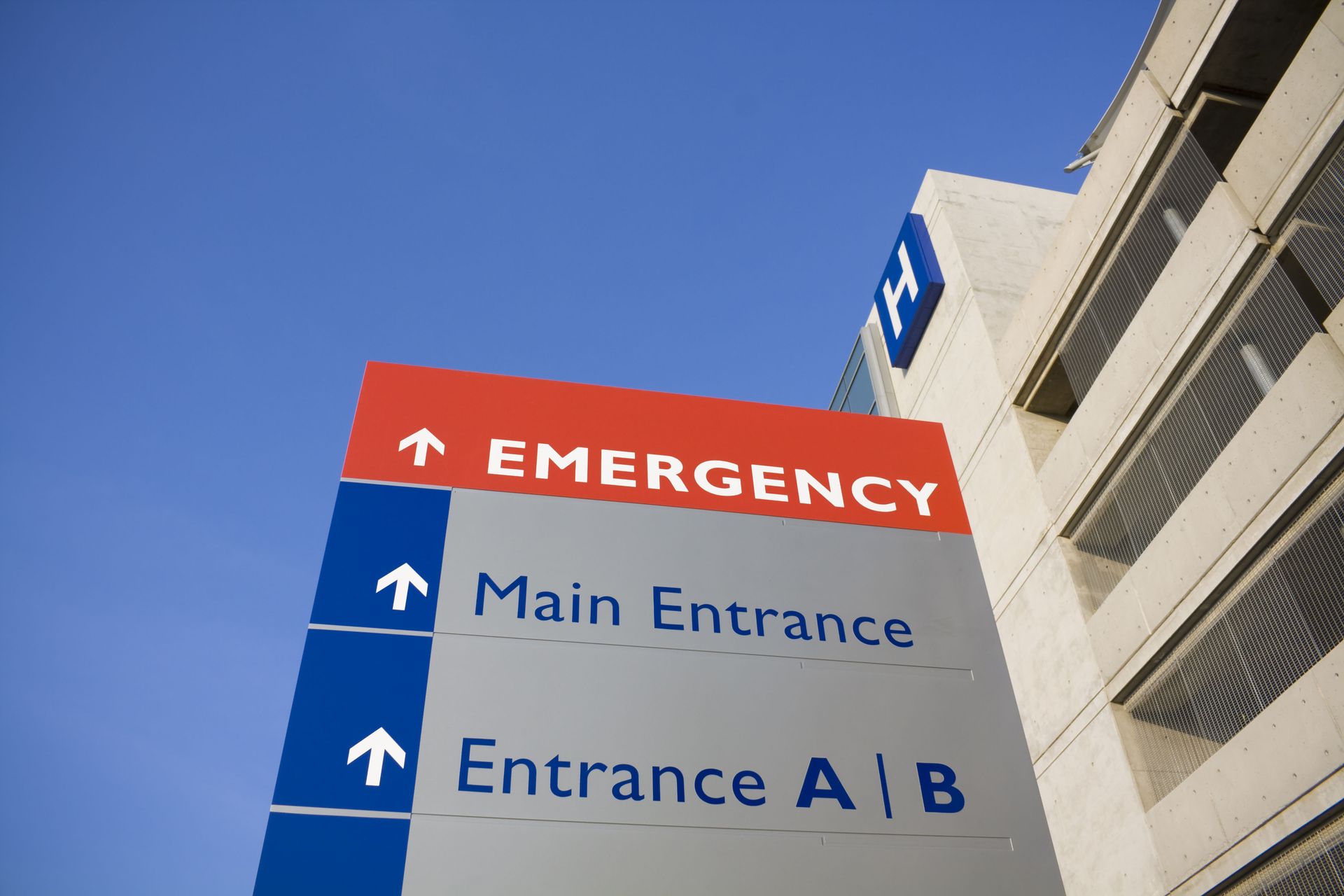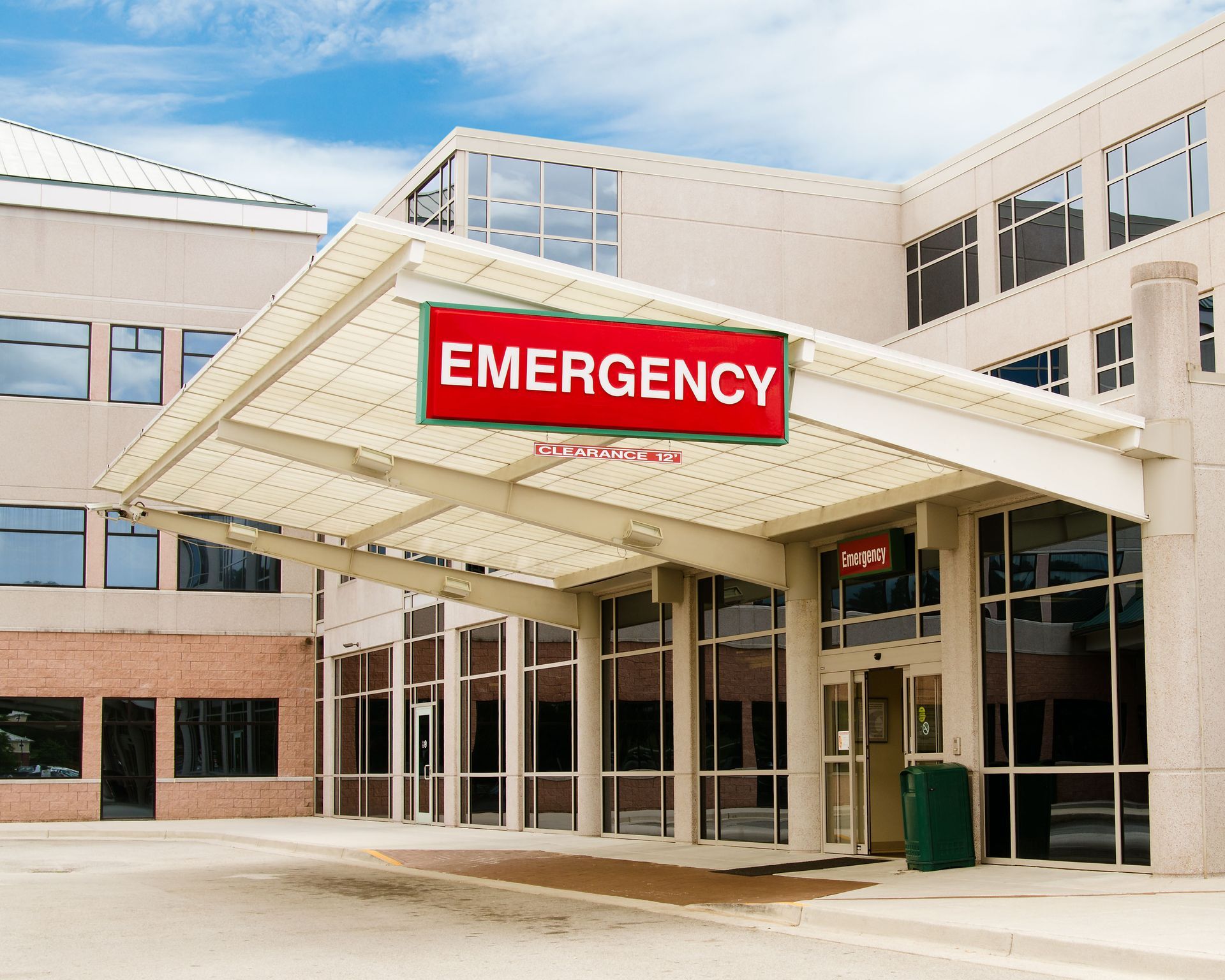What to Expect When You Get to an Emergency Hospital
Visiting an emergency hospital can be a daunting experience for anyone. The very nature of emergencies means they're seldom planned, and the stress of the situation can exacerbate feelings of fear and anxiety. Understanding what to expect can help ease these tensions and allow you to navigate the situation with a bit more confidence. In this blog post, we'll break down the typical process you might experience when you arrive at this type of hospital, from check-in to admission, and everything in between.
The Initial Check-In Process
When you first arrive at this type of hospital, the initial point of contact will likely be the check-in desk. Here, the administrative staff will record your personal information, symptoms, and the reason for your visit. Triage nurses often evaluate patients at this stage to prioritize those who need immediate attention, ensuring that critical cases receive the care they need as quickly as possible. Depending on the severity of your condition, you might be asked to wait briefly before receiving treatment.
During this time, you may also be given a patient identification bracelet and asked to review or sign consent forms related to treatment and privacy. The waiting area is usually equipped with seating, informational materials, and sometimes amenities such as televisions or water stations to make your stay more comfortable. Hospital staff work diligently to keep patients informed about wait times and next steps, helping reduce anxiety and providing reassurance that their care is being handled efficiently.
Triage and Assessment
Triage is a critical component of the emergency hospital workflow. It's the process by which medical staff assesses the urgency of your condition. Cases are classified based on priority, with life-threatening issues addressed first. For example, someone suffering from a heart attack will be treated before those with a sprained ankle. This system is vital in managing the approximately 18.3 million emergency department visits that result in hospital admission, according to the National Center for Health Statistics from the CDC. The aim is to allocate resources effectively and ensure that every patient receives appropriate care.
Medical Examination and Diagnostics
After triage, you will typically undergo a medical examination conducted by a doctor or a nurse practitioner. Healthcare professionals will perform necessary diagnostics such as blood tests, X-rays, or CT scans to ascertain the underlying causes of your symptoms. This stage can be somewhat time-consuming—rushing it could lead to misdiagnoses, making the extra time a worthwhile investment for your health. Remaining patient and cooperative during this phase will undoubtedly improve your overall experience.
Treatment and Stabilization
Once a diagnosis is made, the next step is treatment and stabilization. Your care team will administer medications, treatments, or interventions needed to stabilize your condition. In some situations, this might involve emergency procedures or surgeries. The goal here is to manage your condition effectively, reducing immediate risks to your health. If your situation is less severe, you may be given instructions for self-care and released from the facility. However, if more comprehensive care is required, further action will be needed.
Admission or Discharge
The final step in your emergency hospital journey is typically either admission into the hospital for further treatment or discharge with instructions for home care. If your condition requires it, you may be admitted for extended monitoring, treatment, or surgery. For patients who arrive at an emergency department, about 18.3 million require admission, as mentioned before, highlighting the importance of inpatient care. On the other hand, if your condition is deemed stable for outpatient care, you will receive detailed instructions about follow-up appointments and what to watch for as you recover at home.
Understanding what to expect when you get to an emergency hospital can help you feel more at ease during what may be an incredibly stressful time. From the initial check-in, through triage and treatment, the steps are designed to ensure that every patient receives the care they need efficiently. By approaching your visit with this insight, you can alleviate some of the fears and anxiety associated with emergencies. Always remember that the healthcare professionals are there to support you and are well-equipped to handle a variety of situations to ensure you receive the best possible care during your time of need. If you're seeking quality emergency care, contact Lonestar 24 HR ER.











Share On: